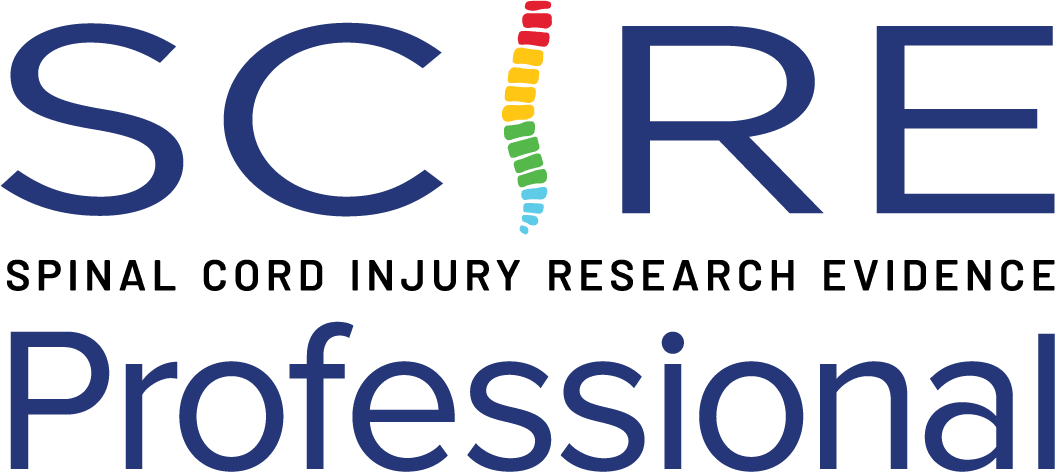Key Points
Autonomic dysreflexia (AD) is a potentially life-threatening blood pressure spike that can lead to a hypertensive emergency affecting people with spinal cord injury at the level of T6 or above (sometimes as low as T8, though rare).
AD is the result of sympathetic nervous system overactivity in response to a strong sensory stimulus below the level of injury. This stimulus is often something that is noxious or irritating, such as a wound or tight clothing, but it can also be a normal bodily function, most commonly an overly full bladder or bowel.
The main sign of autonomic dysreflexia is a sudden rise in blood pressure. An increase of 20 to 30 mmHg above your patient’s normal systolic blood pressure is considered to indicate autonomic dysreflexia.
Other signs and symptoms of AD may include: pounding or throbbing headache, profuse sweating, flushing or blotching of the skin above the level of injury.
The identification and removal of the possible trigger and subsequent
decrease of afferent stimulation to the spinal cord is the most effective prevention and management strategy in clinical practice.
Evidence of effective management and prevention of AD include:
Botulinum toxin injections into the detrusor muscle or external urethral sphincter seem to be a safe and valuable therapeutic option in individuals with SCI who perform clean intermittent self-catheterization and have incontinence resistant to anticholinergic medications. Its use in the prevention of AD is less well defined.
Capsaicin and its analogue, resiniferatoxin, are effective in the management of AD in people with SCI.
Anticholinergics do not appear to be sufficient for the management of AD in SCI.
Sacral deafferentation may reduce AD during urodynamic investigations.
Urinary bladder surgical augmentations may diminish or resolve episodes of AD.
Lidocaine anal block can limit the AD response in susceptible patients undergoing anorectal procedures.
Topical lidocaine may prevent AD during digital bowel stimulation but does not prevent AD during anorectal procedures.
Adequate anesthesia (spinal or epidural if possible) is needed with vaginal delivery, Caesarean delivery or instrumental delivery.
Anesthesiologists and surgeons working with individuals with SCI must know how to recognize the AD syndrome, how to prevent its occurrence, and how to manage it.
Epidural anesthesia is preferred and effective for most women with AD during labour and delivery.
Anesthesia should be used during surgical procedures in individuals with SCI despite apparent lack of sensation.
Topical anesthetic is not effective for the prevention of AD during FES.
Nifedipine may be useful to prevent or control AD in individuals with SCI; however, serious adverse effects from its use at higher dosages (e.g., 80mg for hypertension in people without SCI).
Nitrates are commonly used in the control of AD in SCI; however, no studies have been done to show their effectiveness or safety in SCI.
Preliminary evidence suggests that captopril is effective for the management of AD in SCI.
There is limited evidence for the use of Terazosin as an agent for control of AD in individuals with SCI.
Prazosin can prophylactically reduce severity and duration of AD episodes in SCI.
It is not known whether Phenoxybenzamine is effective for the management of AD in SCI.
Prostaglandin E2 is effective for reducing BP responses during electroejaculation.
Sildenafil has no effect on AD responses in men with SCI during ejaculation.
